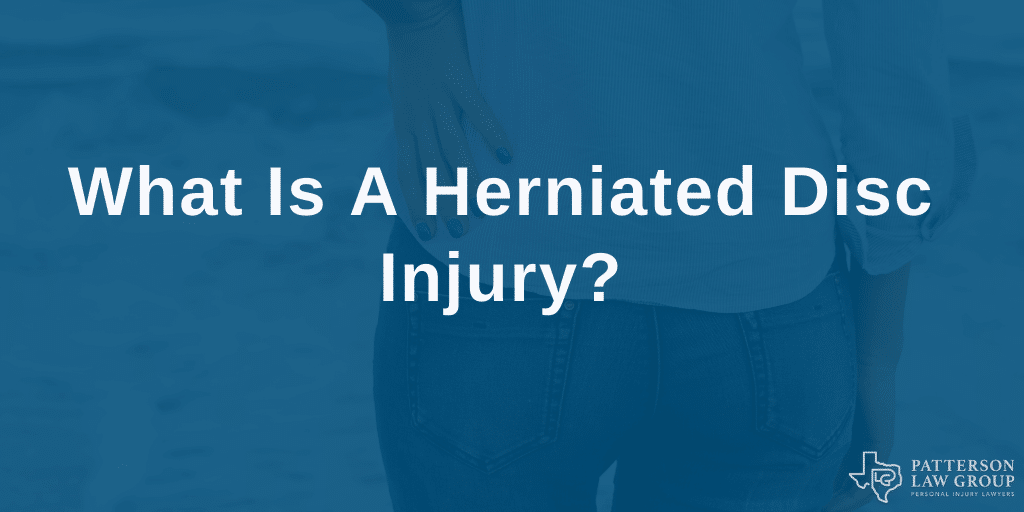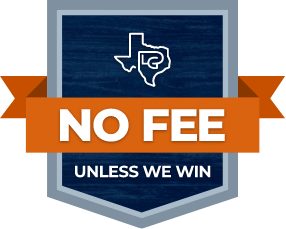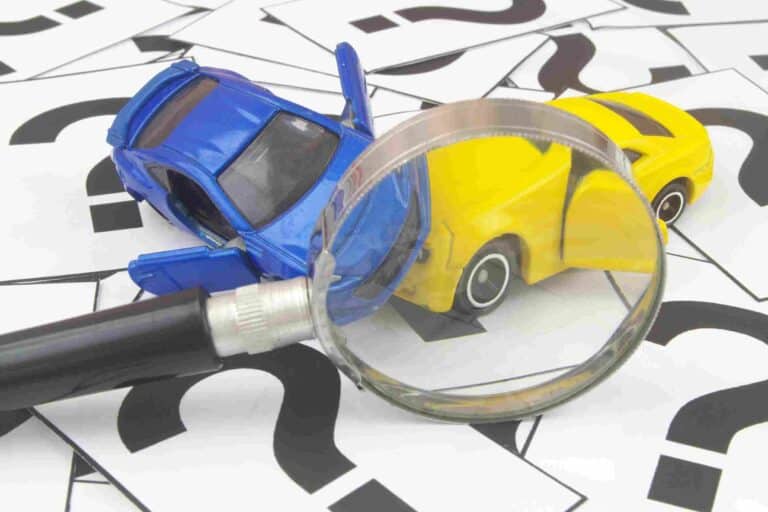Difference Between The Vertebra And A Disc
Our spines consist of two vertebrae (bone) with a disc between each pair. The disc comprises mainly of cartilage and acts as a shock-absorber between the bony vertebrae. Since the disc is between two vertebrae, it is also called an intervertebral disc. Think about it as a “vertebral-body sandwich” with the disc in the middle, analogous to a slice of ham.
The spine is broken into three main areas: (1) the cervical (neck), (2) thoracic (mid-back), and (3) lumbar (low-back). This article focuses on the cervical (neck) area.
The outside of the disc is called the annulus fibrosus and is merely a ring of fibrocartilage, mostly fibrous protein. The primary function of this outer ring is to contain the jelly-like material inside the disc. The fibers in the front are stronger than the fibers in the back. Accordingly, since the inside of the disc is under pressure, the nucleus pulposus (the jelly-like material inside) tends to herniate at the weakest point in the outer fibrous ring—in the back.
The inside center of the disc is called the nucleus pulposus, which consists of collagen fibers meshed in a jelly-like substance with high water content. The inside of the disc is semi-gelatinous. As we get older, the percentage of water in the center of the disc decreases, and the disc is said to “dry out” which reduces the height of the disc space. The disc space is the space between the upper and lower vertebrae of the “disc sandwich” and is occupied by the disc. As the disc loses water, the size of the disc decreases, causing the disc space to also narrow. The function of the disc is to act as a shock absorber. Loss of water decreases the ability of the nucleus pulposus to perform this function.
A disc is herniated (ruptured) if the jelly-like nucleus pulposus breaks through fibers of the annulus fibrosus. The fibers of the annulus fibrosus have thus ruptured, allowing the semi gelatinous nucleus pulposus out, like the jelly inside a doughnut rupturing through the outside layer. A herniated disc may also be called an extruded disc, a prolapsed disc, or even a slipped disc. (A bulging disc and protruded disc differ from a herniated disc in that the former have not ruptured through the outer annular ring; the inner jelly material of the nucleus pulposus is still contained within the annulus fibrosus even though it bulges out.)
What Are The C5/C6 And C6/C7?
The disc is numbered two ways; (1) to correspond to the top vertebrae in the “vertebral body sandwich”; and (2) to designate both the vertebrae in the sandwich. For example, the disc between the fifth vertebral body and the sixth vertebral body is called the C5 disc (corresponding to the top vertebrae) and also the C5-C6 disc to designate the top and bottom discs in the sandwich. There is no disc between the first and second cervical vertebrae.
The most frequent level for a disc herniation in neck (cervical spine) is at C5-C6 and C6-C7 because these levels have the greatest load exerted upon them and exert the greatest motion. Therefore, there is a greater potential for herniation at these levels.
Why You May Not Know You Suffered a Neck Injury Until Days or Weeks Later?
Damage to the annulus fibrosus (the outer ring of the disc) may cause rupture of the annulus fibrosus resulting in disc herniation by allowing the jelly-like center of the disc, which is under pressure to push out the confines of its annular outside ring. In many cases, the person sustains an injury to the outside annular ring without immediate disc herniation. Over time, with normal wear and tear, the annulus fibrosus will deteriorate and lose its capacity to hold the jelly-like material inside the disc resulting in disc rupture (herniation) at a later date.
Think of a tire. The outside rim of a tire (equivalent to the annulus fibrosus) hits the curb causing unnoticeable damage to the outside of the tire. With normal road use of the tire, several weeks later, the tire will blow, and the inside air will escape through the damaged outer ring, causing the tire to flatten. Similarly, initial damage to the annulus fibrosus, with time, can result in a deterioration of this outer ring. The inside jelly-like material, which, like the tire, is also under pressure, now breaks through the fibers of the annulus fibrosus, causing a disc herniation.
What Are The Some Common Symptoms Of A Disc Herniation Injury?
The symptoms of disc herniation vary depending upon the location and size of the disc herniation. Radicular (radiating pain) develops mainly when the nerve root is compressed by the herniated disc. Nerve roots grow out of the spinal cord and extend laterally to the right and left in the spinal canal before exiting on each side, forming the right and left-sided spinal nerves, which innervate the right and left arms and legs. Another factor in a person’s symptoms will depend upon the size of the person’s spinal canal. The diameter of the spinal canal ( which houses the spinal cord) varies from individual to individual. A person with a small spinal canal (“not much room”) is more likely to develop symptoms from even a small disc herniation than a person with a large spinal canal since a person with a large spinal canal has “excess room” in the canal for a space-occupying lesion such as a herniated disc. The spinal canal narrows with age, which is called spinal stenosis.
The nerve roots exit the spinal column at 45-degree angles and travel downward toward the extremities as the spinal nerves. A disc herniation (slipped disc) will result in compression of the lower nerve root passing downward across the disc. For example, herniation of the disc between CS-C6 will result in compression of the C6 nerve root. Whenever a protruded or herniated disc compresses (pinches) a nerve root, pain and paresthesia (abnormal sensations such as tingling or numbness) are felt by the person “down stream” into the arm or leg along the course of the spinal nerve which is pinched. For example, a disc compressing the seventh cervical nerve root (C-7) will produce radiating pain along the course of the spinal nerve into the arm.
As discussed, a disc herniation may not result in radicular symptoms unless the nerve root is compressed. In later years, a person with an asymptomatic disc herniation may develop radiating pain if the herniated disc material becomes larger, and/or the diameter of the spinal canal narrows with resulting nerve root compression. A traumatic event, such as a car wreck, may cause a completely asymptomatic disc herniation to become symptomatic.
Medical Treatment for a Herniated Disc
Most medical treatments for a herniated disc involve medication and rest. Conservative treatments like this will usually be used for four to six weeks before further treatment is considered. However, there are a variety of options depending on the severity of your injury.
The most common treatments include:
- Pain medication. It is best to talk to your doctor before deciding what medication to take.
- Physical therapy.
- Low-velocity chiropractors can be used to relieve some pain.
- Manual traction may be applied by a professional to help open your spine and allow more room for healing.
- Epidural injections may be used to reduce inflammation around the herniated disc.
Surgery may be necessary if conservative treatments fail. Doctors may remove your disc if it cannot be healed. However, for cervical herniated discs, this is usually a last resort.
Dealing with Costs and Processes of a Herniated Disc
Since doctors typically need an MRI or CT scan to diagnose a herniated disk, you may have to see more physicians and pay more money beyond the emergency room. MRIs and CT scans are expensive tests, so be prepared for you or your insurance carrier to come up with these upfront costs for diagnosis. Insurance companies sometimes discourage these tests. Your doctor may need to insist on an MRI or CT scan after a car crash so you can be properly diagnosed.
After the adrenaline of the accident has worn off, accident victims often begin to feel increasing levels of pain that may be associated with a herniated disk. This can lead to more doctors visits and additional costs for treatment. Extreme pain and loss of mobility due to a herniated disk can make it hard for a person to work and generate income. There are many complications and factors that you need to consider if you’ve been in an automobile accident and suspect a herniated disk.
Patterson Law Group is here to walk you through the process of dealing with a herniated disc or any other injury you may have suffered because of an auto accident. If you’ve been in a car crash, contact Patterson Law Group.
Fill out the form on this page and one of our personal injury attorneys in our Texas law office will be in touch promptly to hear your story.
How Much Is A Herniated Disc Claim Worth?
The amount for a herniated disc claim varies based on several factors:
- Medical expenses: medication, treatment, and physical therapy.
- Pain and suffering.
- Emotional distress.
- Loss of income.
- Loss of earning capacity if your accident has left you unable to return to the work you used to do.
The average cost for treating serious neck injuries is around $30,000, which only includes medical expenses. Depending on the severity of the injury, the egregiousness of the other driver’s conduct, and the amount of available insurance, claims for a herniated disc can be substantial.
The average cost of medical treatments for car accidents is over $5 billion annually, and 90% of all injuries in car accidents are neck injuries.
To understand how much your herniated disc claim is worth, reach out to a lawyer from Patterson Law Group today. We will help you determine the value of your case.
Contact An Expert Neck And Back Injury Lawyer
If you have suffered from a herniated disc due to a car accident, contact the car accident attorneys Patterson Law Group.
Our lawyers are experts with 80+ years of experience dealing with car accident claims due to herniated discs and other neck injuries.
We are devoted to getting justice for you and your loved ones so you can recover quickly.
We will do everything we can to get you on the road to recovery. Don’t hesitate to call Patterson Law Group today!
About Author: Kolter Jennings
Kolter Jennings received his bachelor’s degree in Business Management, emphasizing Human Resources Management and Organizational Theory, from the University of Texas at Arlington. Kolter attended law school at Texas A&M University School of Law. After law school, Kolter worked closely with a trial team representing a severely injured man that resulted in a jury verdict that qualified as one of the Top 100 Verdicts in the United States for 2015. Before joining the Patterson Law Group, Kolter worked for a well-established firm in Fort Worth, Texas. Kolter and his wife are the parents of a beautiful little girl.






